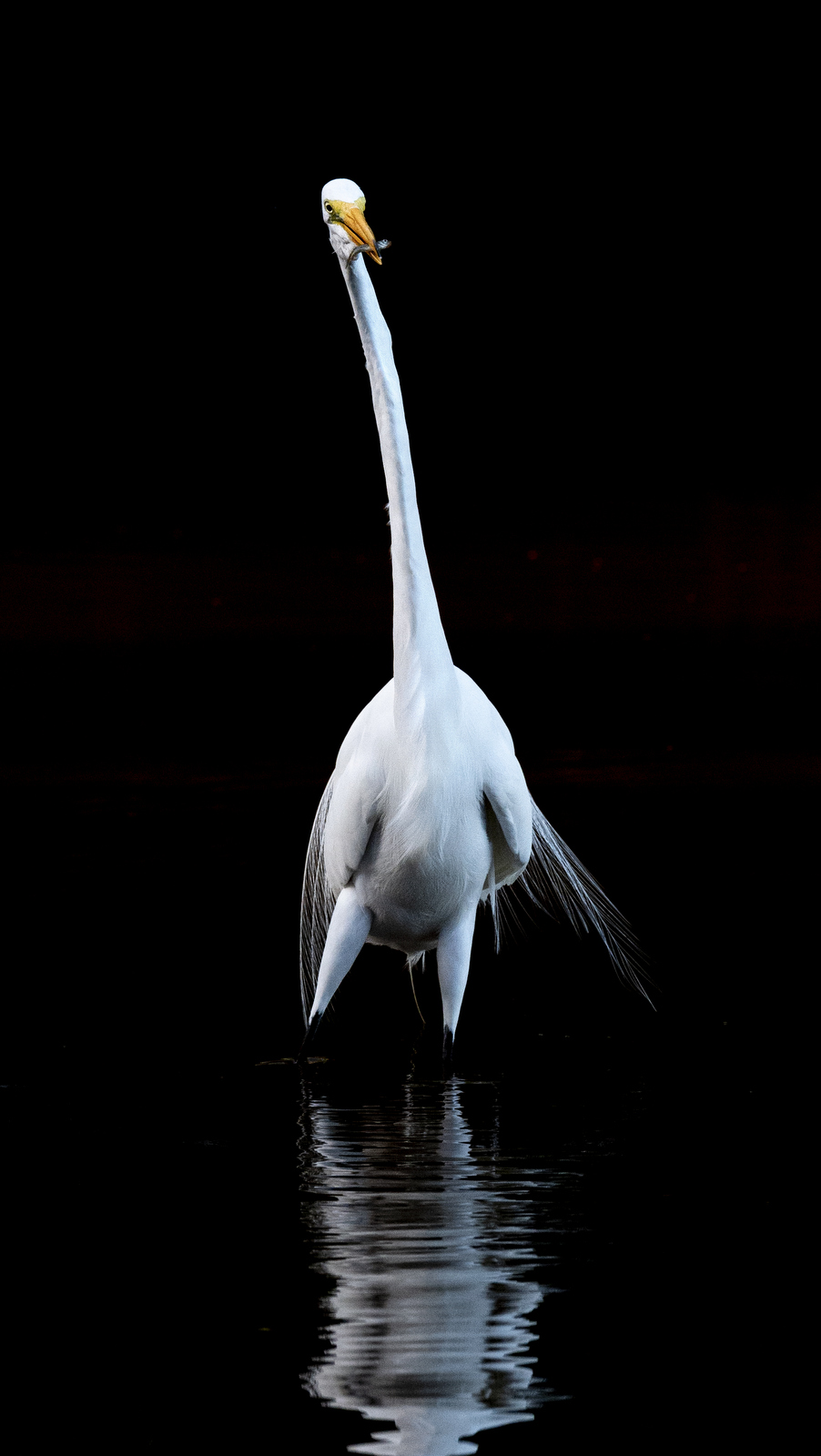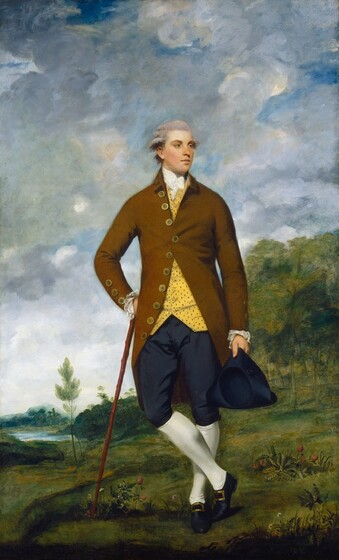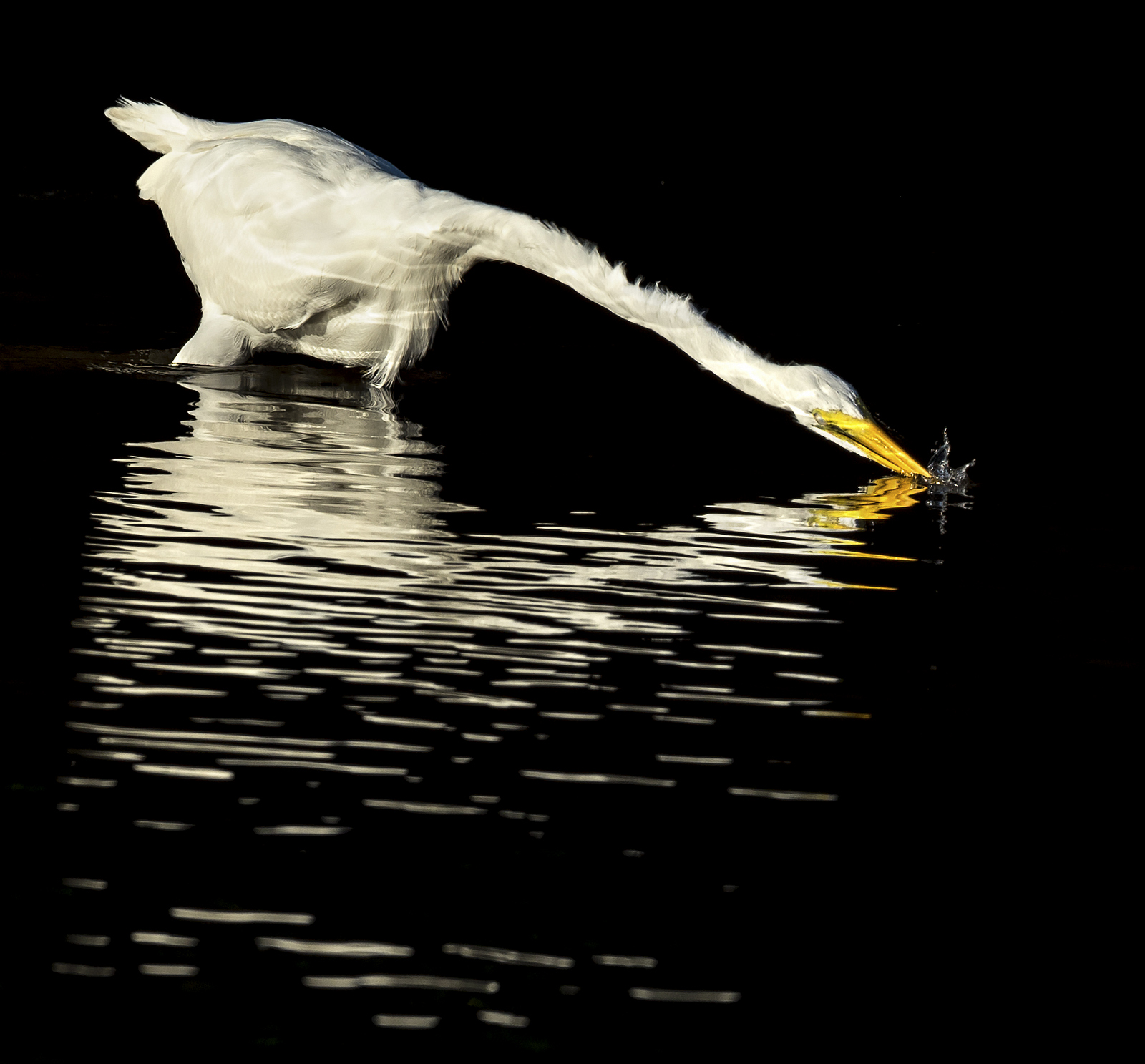
30
2021Striking Pose
Shot of the Month – April 2021
This month we visit with the regal looking Great Egret (GE). His pose makes me laugh and I can’t help but picture a noble gentlemen of the 17th century in his long frock coat waxing lyrical about the Enlightenment and the state of the Empire.
Do you see it? Funny right?
Ok, it’s probably just me….
As I explained in an earlier post (Identity Crisis), an Egret is a Heron who happens to be all white. You can find Egrets in a range of sizes — The GE is the largest, standing almost four feet tall with a wingspan of up to five feet across.
The four sub-species of GE are distributed across the planet. One sub-species can be found in Asia, another in Africa, a different one in the Americas, and one in southern Europe. I photographed this fellow in the Ding Darling NWR in Florida so he is part of the America’s sub-species Ardea alba egretta.
Despite the 18th century similarities (at least in my head) the GE was almost wiped out in the US in the 19th century as humans hunted them mercilessly for their feathers to put in ladies’ hats.
The egret population dropped by 95%.
Because of f&@!(* hats!
Thankfully conservation efforts have allowed the population to recover in most places. Interesting fact: A GE in flight is the symbol of the National Audubon Society as the group was created during this period by outraged citizens to stop the slaughter.
I didn’t know that.
Great Egrets can usually be found in wetlands, marshes, swamps, streams, ponds, tidal flats and assorted fresh and salt waterways. These birds are super chill and are usually seen standing motionless at the water’s edge as they look for fish, their main prey; though they will also dine on amphibians, reptiles, mice and other small animals.
The GE is incredibly patient and will stand for looong periods as it waits for an opportunity to strike. I can attest to their patience as I have often lost that staring contest. For far too many times than I care to remember I have stared through a view finder with my finger poised on the shutter release button to only miss the bird’s plunge when I lifted my head for a brief second to reset my watering eyes and shift my sore neck. I am not bitter, really…
The deathblow is delivered with a quick thrust of the sharp bill and the prey is swallowed whole. Gulp.
One of the few times I captured the lightning strike. Kapow!
Curious about the dramatic lighting of these images? Learn about how it is achieved in my post Bird Art That post will also tell you more about the damn hats (with a photo!).
Despite the strong population rebound since the big, stupid hat massacre some populations of GE are struggling again. For example in the Florida Everglades the population of mating pairs of GE has dropped 90% in recent years due to urbanization, pesticide use, agricultural runoff, industrial mercury and lead poisoning. And due to illegal toxic-waste dumping, draining, dredging and road building. To name a few….
You have to admire the resilience of the Great Egret though I do hope that our continued onslaught on these birds does not force the Audubon Society to retire its hard-earned logo.
Until next month……m
P.S. Did you notice the fish in the first image?
Sources:
Nikon D4S, Nikon 600mm, f/11, 1/1000, ISO 6400, EV -2.5



